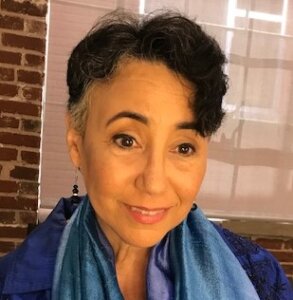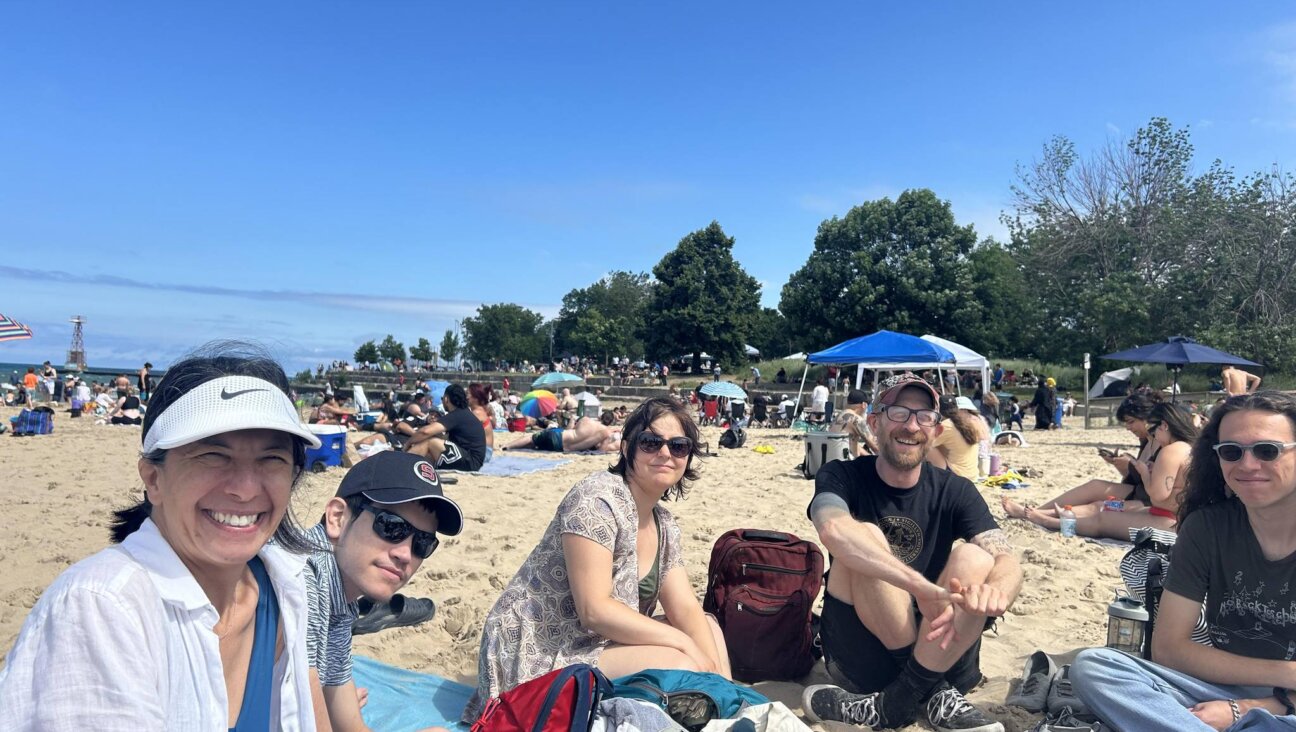‘Once We Were Slaves’ examines fluidity of race through a Jewish lens

Laura Arnold Leibman’s detailed of a family’s history in Barbados and the U.S. examines fluidity of race through a Jewish lens Courtesy of Laura Arnold Leibman
Have you heard the story of the Jewish mother and children who were born enslaved in the Caribbean and became some of the wealthiest Jews in New York?
Professor Laura Arnold Leibman was researching Jewish communities in Barbados when she discovered two small ivory portraits belonging to a Jewish heiress from New York. She traced the family’s ancestors back to Bridgetown, Barbados in the 1700s. But instead of discovering an exclusively Sephardic ancestry, she uncovered a much more complex story of a diverse Jewish family whose identities were impacted by time and place.
Her findings became the book, “Once We Were Slaves: The Extraordinary Journey of a Multiracial Jewish Family.”
Leibman, a professor of English and Humanities at Reed College in Portland, Ore. will share her discoveries in a talk titled “Jews of Color in Early America.” This free virtual event is presented by the Jewish Genealogical Society of Georgia, hosted and co-sponsored by the William Breman Jewish Heritage Museum and the Atlanta Jews of Color Council, on Sunday, Jan. 30, at 2 p.m. EST.
While Leibman was researching Barbados’ emancipation period from the 1790s through the 1830s, she learned that the faces in the portraits were siblings Isaac Lopez Brandon and Sarah Rodrigues Brandon, born to a Black Barbadian mother and a Euro-Sephardic Jewish father. “They’re the first portraits I know of that depict Jews with African ancestry other than those born in the [continental] Americas,” she said.
Isaac and Sarah were born to an enslaved mother, Sarah Ester Lopez, in Barbados in 1792 and 1798, respectively. Their father, Abraham Rodrigues Brandon, purchased the three of them from their owner and manumitted them. When they moved to Suriname, Isaac and Sarah converted to Judaism.
“At that time, at least half the Jewish community in Suriname had at least one African ancestor,” Leibman said.
In their travels, the Brandon siblings learned that their racial identities shifted based on their locale. While they were considered People of Color in the Caribbean, in the United States “they were assigned as white,” she said. “But when they returned home, they didn’t have much agency about how they were being defined.
“We tend to think about Jews in this period as coming mostly from Europe and that’s just not the case,” said Leibman, who is Jewish and not of color. “I’m trying to use their story to get at the bigger picture, part of a larger history that we tend not to talk about.”
She connected with some of the Brandon descendants in the United States, some of whom remained Jewish and others who are Christian. They didn’t know their full racial heritage, she said. “They all identify as white and didn’t know they had African ancestry until some of them took DNA tests,” Leibman said.
Victoria Fulcher-Raggs, the co-founder and executive director of the Atlanta Jews of Color Coalition, said she attended Leibman’s discussion of “Once We Were Slaves” in Washington, DC, and was so impressed that she was determined to bring the author to an Atlanta audience. “This story really gives historical context to the relevance of the diversity of the Jewish people to show that our being a multiracial people is nothing new,” Fulcher-Raggs said.
Leibman is passionate about broadening perceptions and access to varying histories.
“I am trying to think about how the stories we tell shape our feeling of belonging in Jewish history,” said Leibman, who said the project raised her consciousness about which materials are selected to be donated to and represented in American Jewish archives. “It made me aware of the work we need to do so that people can find out about all of their ancestors, not just the white Jewish ones.”
Leslie Gordon, executive director of the Breman Museum, said that institution is happy to present Leibman’s book talk to “Connect people to Jewish history, culture and arts.”
The event is free, but registration is required.
A message from our Publisher & CEO Rachel Fishman Feddersen

I hope you appreciated this article. Before you go, I’d like to ask you to please support the Forward’s award-winning, nonprofit journalism so that we can be prepared for whatever news 2025 brings.
At a time when other newsrooms are closing or cutting back, the Forward has removed its paywall and invested additional resources to report on the ground from Israel and around the U.S. on the impact of the war, rising antisemitism and polarized discourse.
Readers like you make it all possible. Support our work by becoming a Forward Member and connect with our journalism and your community.
— Rachel Fishman Feddersen, Publisher and CEO
























